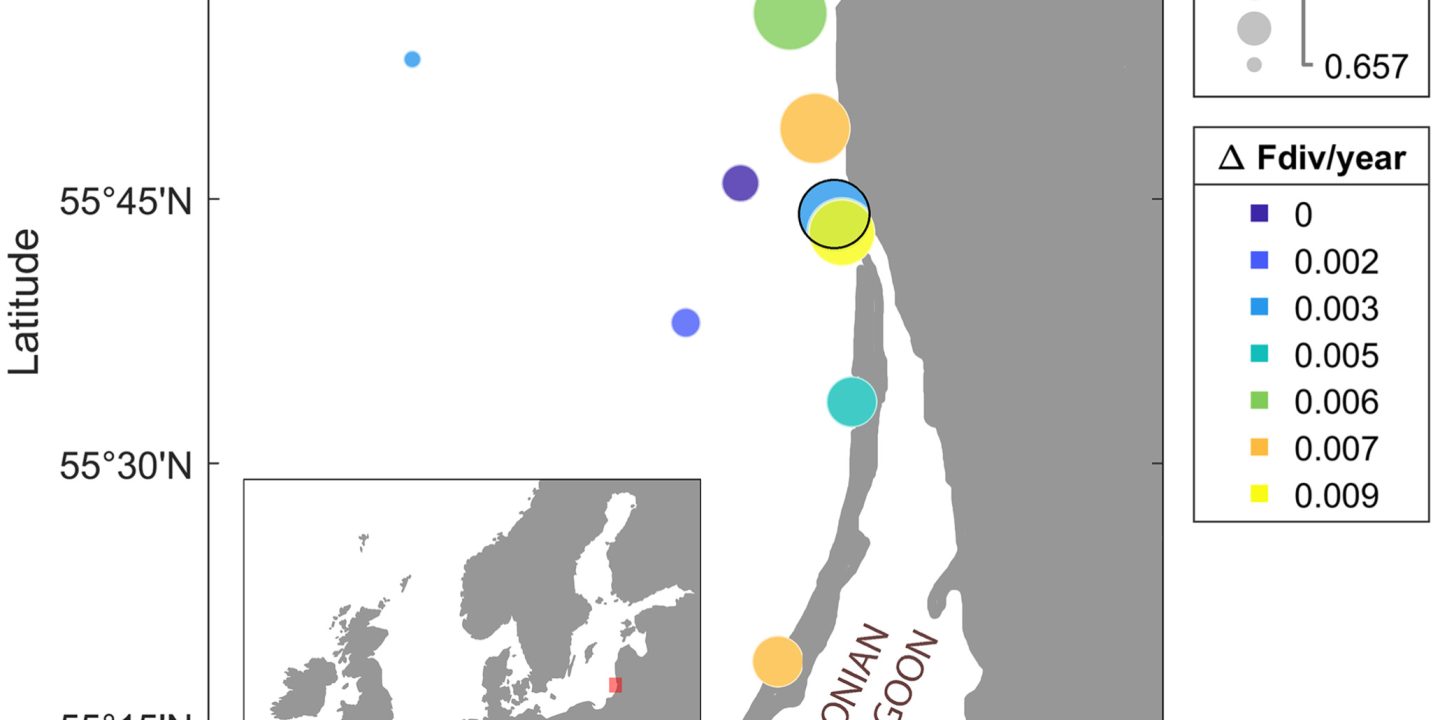Currently, the UN Biodiversity Conference (COP15) is going on in Montreal, Canada. Again a COP soon after an earlier COP, namely the UN Climate Change Conference (COP27) has been held in November in Sharm-El-Sheick, Egypt. For many of us, including myself, the twin crises of climate change and biodiversity loss are high up on the agenda. However, for a biologist working in a different field than ecology or ecosystem biology it is a big challenge to keep up to date with the state-of-the-art. We all have heard about the pace of extinction and the huge number of species affected, but beyond we usually know much less about details and dynamics of ecosystems in respons to the challenges. No doubt, scientists need robust methods to measure the diversity in a system. However, species counts alone fall short to address the diversity and functionality of ecosystems. Similarly, extinction numbers are a poor indicator of biodiversity loss, where a major concern is the loss of biological functions.
A recent paper by Ryabov et al. in The Proceedings of the National Academy of Sciences (PNAS) presented new approaches for describing functional diversity. The quantification of functional diversity usually requires the identification of species traits, but, unfortunately, there is no universal definition of what constitutes a trait. Furthermore, information on relevant traits are difficult to obtain. In biomonitoring it is much easier to obtain and quantify properties such as species identity, biomass, and abundance. Ryabov et al. now use diffusion maps to reconstruct a proxy representation of the species’ traits directly from monitoring data. The analysis method is de facto parameter-free, and the authors are convinced, after testing the approach on existing biomonitoring data on phytoplankton of the Baltic Sea, that it can be used to estimate functional diversity. This is a big step forward as many biomonitoring datasets exist and new ones are published at increasing pace.
For people outside the field it is certainly difficult to understand all details of the analyses presented in the paper, and I do not claim that I could follow all reasoning. Nevertheless, Ryabov et al. provide new insights towards a deeper understanding of the dynamics of complex metacommunities. Such information os of uttermost importance for successfully counteracting the biodiversity crisis. The new methods may be of great help, in particular as we do not have the time for exhaustive and time demanding studies of all aspects of functional traits of species while the dramatic loss of biodiversity is ongoing. For me, one of the most inspiring reads of the year.
Reference:
Ryabov A, Blasius B, Hillebrand H, Olenina I, Gross T. Estimation of functional diversity and species traits from ecological monitoring data. Proc Natl Acad Sci U S A. 2022 Oct 25;119(43):e2118156119. doi: 10.1073/pnas.2118156119.
![]()
